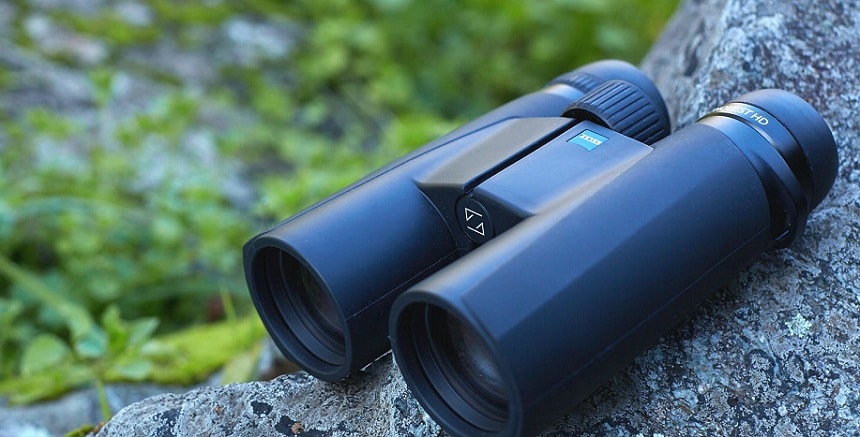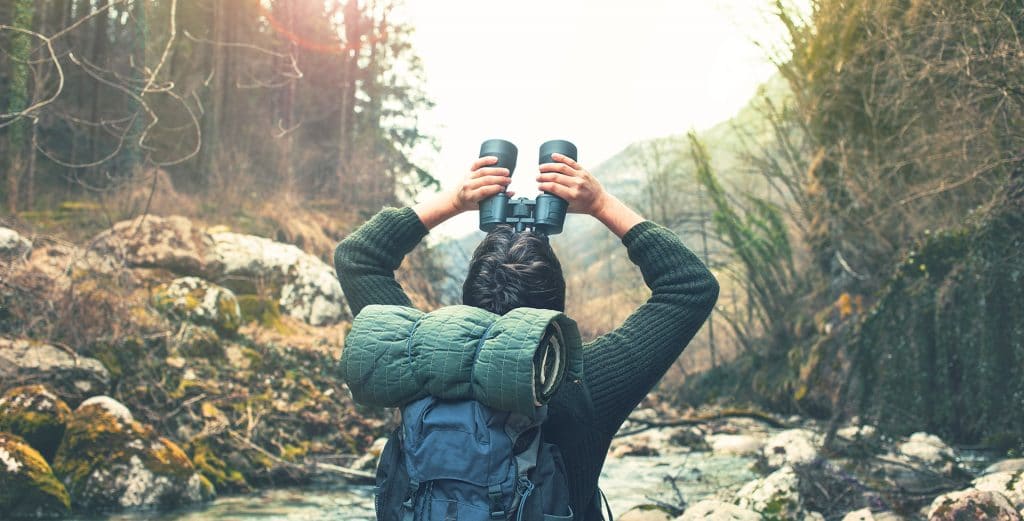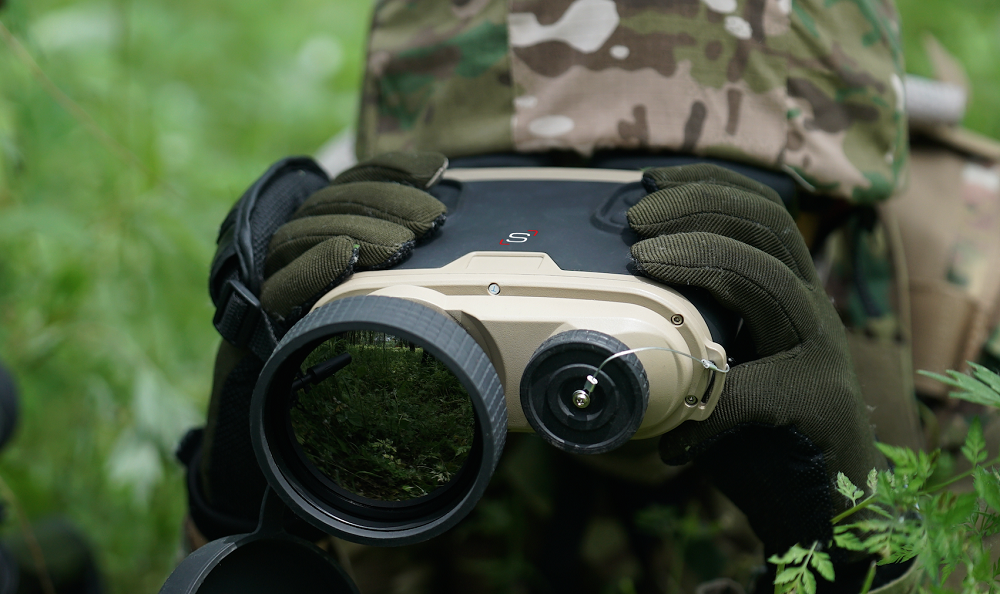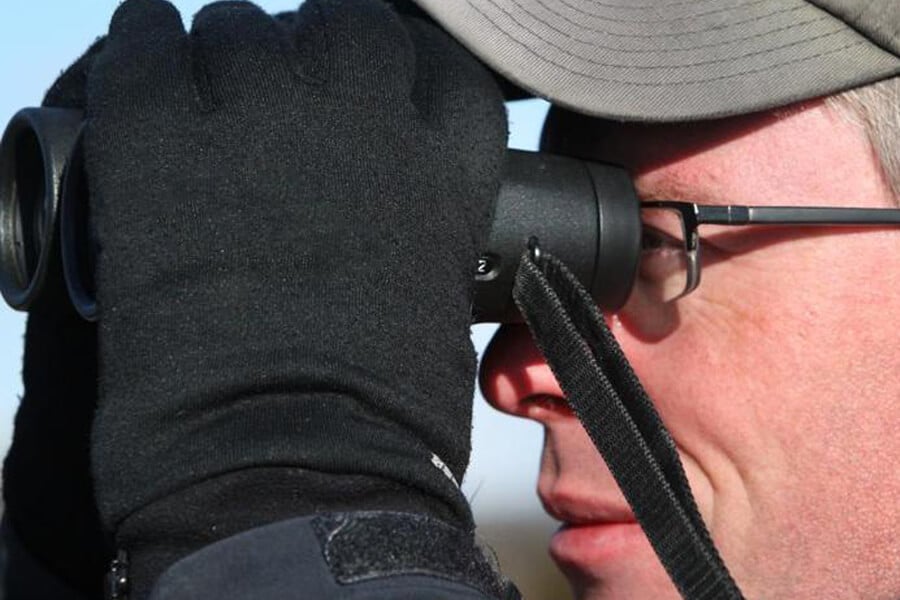

Being out in nature is incredibly and one way to enhance your experience is through the use of binoculars. Featuring amazing magnification and yet small enough to fit in your hands, with a sturdy pair of binoculars you can see birds, foliage, and all of nature right up close. We often take the anatomy of binoculars for granted but once you understand all the working parts, it truly is fascinating. In this article we’ll break down the different parts of binoculars so you have a better understanding of just how you’re able to see those bird feathers up close. We guarantee it will make you want to take a closer look at both your binoculars and nature.
No matter if you have a Nikon or a Bushnell piece of equipment, all binoculars have the same basic construction. The construction of what we know as modern binoculars Trusted Source The History of the Telescope and Binoculars Galileo developed one of the earliest telescopes, but history shows he wasn’t the first, and many have improved on his device over the centuries. www.thoughtco.com is credited to J. P. Lemiere who invented them in 1825. And now, almost two centuries later, they are still used for enjoyment and wonder around the world.
Put your eyes up to your binoculars. This is the eyepiece where all the magic seems to happen. The objective lenses, which we’ll cover next, allow the image into your binoculars and the eyepiece lenses then magnify them.
An important decision you will have to make in regards to your binoculars is how much magnifying power you want them to have. Not surprisingly, more power usually means more money, so think carefully about what purpose this equipment will have. For example, if you want binoculars for viewing wildlife, you will want a magnification option around 8x or 10x.
At the end of your binoculars, far away from your face, there are two circles that let light inside. At these circles you will find your objective lenses. They are responsible for letting light inside the binoculars where it is then manipulated and magnified.
The lenses are called objective because this refers to how large the magnification is. For example, if your lens is larger and has a diameter measurement that is quite high, then more light is allowed in.
When you handle a pair of binoculars you need to be especially careful with the lenses as they are made of glass. If you drop them, they can easily break or at the very least, scratch. And if you have scratched lenses, you won’t be able to see clearly.
The objective lenses also have a special coating that blocks reflective light. This allows you to see an object much cleared.
Even though it may seem like you are simply looking straight through a magnifying class with your binoculars, the image is actually reflected through a system of prisms. These are made of glass and actually flip the object twice.
One prism flips the object by 90 degrees and then a second prism flips it again by another 90 degrees The result is an image that is flipped upside down and then righted back to its original design.
Why all the flipping, you may ask? Well, the way the binoculars are constructed would make the original image backwards and upside down. The prisms are necessary to show you the image as if you are still looking directly at it.

However, the barrel does have a very important function. It keeps everything nice and secure. The outside of the barrel is crafted for optimal protection and in most cases, is waterproof, as is the case with the Nikon Action Extreme. The better the construction of the barrel, the longer your binoculars will last.
Barrels will always take the shape of what is inside but you can still find compact binoculars. These feature a hinge in which you can move the two eye pieces together and fold the whole unit in half. The compact nature allows you to put them in your pocket for easy storage. Compact binoculars are also great if you have a child that is interested in exploring nature but needs something smaller to hold onto.
One of the best parts of the construction of binoculars is with the focus wheel. This allows you to adjust your view without moving closer or farther away from your object. It allows you to bring an object into focus so you can find the right settings to see all the details up close.
Having a focus wheel is also important if you want your binoculars for different activities. For example, the Bushnell Legacy WP actually allows you to move from a 10x to a 22x magnification, which means you can switch from star gazing to bird watching.
We do suggest getting used to the focus wheel as it can be a bit hard to know how slow or fast to turn it. Many binoculars are quite sensitive so turning the focus wheel even a little bit can make an image seemingly disappear. Take the time to get to know all the parts of your binoculars while at home so that when you are out on an adventure you know how to use them properly.
A bit more technical in nature, the diopter knob works to make an image less blurry. It can be hard to view two separate images from two lenses as we are used to our eyes working in tandem. You can adjust the diopter knob as per your needs. Some people may need these adjustments, depending on their eyesight, while others may not need any adjustments.
Even though binoculars all have the same construction, there are a few extra options you can look for. One cool feature is if you have night vision binoculars. These work by changing the image input and the light that comes through the binoculars.
If you are on the prowl for a rare night bird sighting, are hunting in the early hours of the morning, or just think it’s cool to wander the streets with your friends at night, having a pair of night vision binoculars is a must-have.
Since the pandemic first happened, sales of binoculars have skyrocketed Trusted Source Why sales of binoculars are suddenly skyrocketing Camera sales are down, but binoculars are on the rise as people take to the outdoors during the pandemic www.cpacanada.ca as more people are understanding the importance of slowing down and getting outdoors. This simple object can really change your perspective.
Binoculars allow us to discover more of what is around us. They work through a system of lenses and prisms and take light, move it around, and magnify the image. With binoculars you can engage in an endless list of activities. You can use them to scout out your next hunting target, see the delicate workings of animals up close, and even gaze up at the moon. Above all, take care of your binoculars. They are built to be sturdy but there are a lot of intricate parts housed inside of them. The lenses can easily be scratched and while the barrel is meant to be durable, it does have its limitations. The more you learn about the parts of binoculars, the more amazing they seem.





